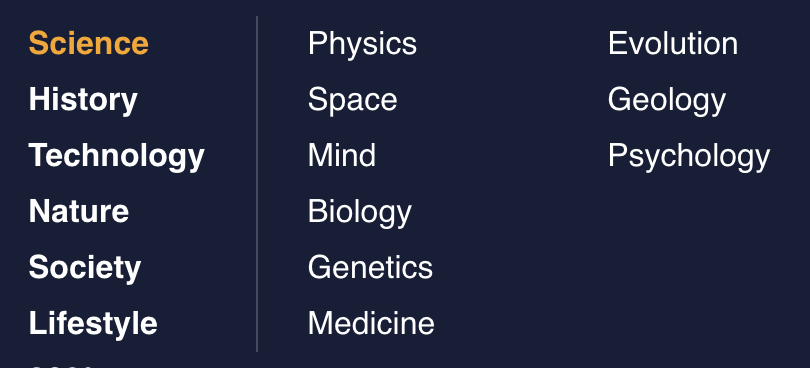CuriosityStream – a place to find interesting documentaries
Yesterday I started exploring CuriosityStream, a video streaming website that makes finding and watching documentaries easy. You can have a trial run of seven days but after watching three documentaries since yesterday evening I am convinced that it is a place where I want to watch more content.
I like documentaries that are well produced and enhance my understanding of topics. The documentaries I have watched are Dawn of the Oceans and the first episode of Quantum Physics yesterday. Today I watched Ships that Changed the World.
For documentaries to be worthwhile they must inform and educate their audiences without sensationalism and breathless commentary. They must also provide information that is interesting and relevant. I also believe that to a certain degree they need to be neutral. With Netflix I feel that their documentaries are out to push an agenda, are not that well produced and slide towards low production values and partisanship.
When documentaries are well produced they are like books. They enhance your understanding of a subject and by the end of the film or

The categories so far are Science, History, Technology, Nature, Society, Lifestyle and 360 videos. In the 360 videos I noticed that there is the ZDF documentary about volcanoes. This was one of the most impressive and effective uses of 360 video I have seen.
You can browse through these categories and find films on specific topics and watch them then and there or you can browse through and add these documentaries to a watch list. This is useful when watching series.

When you find documentaries that are especially interesting you can share them straight from

